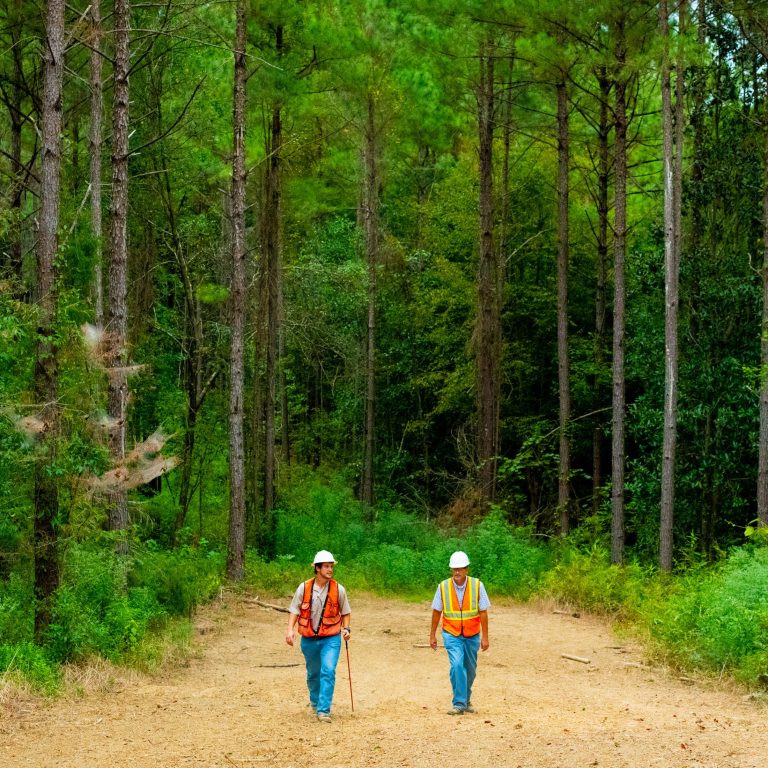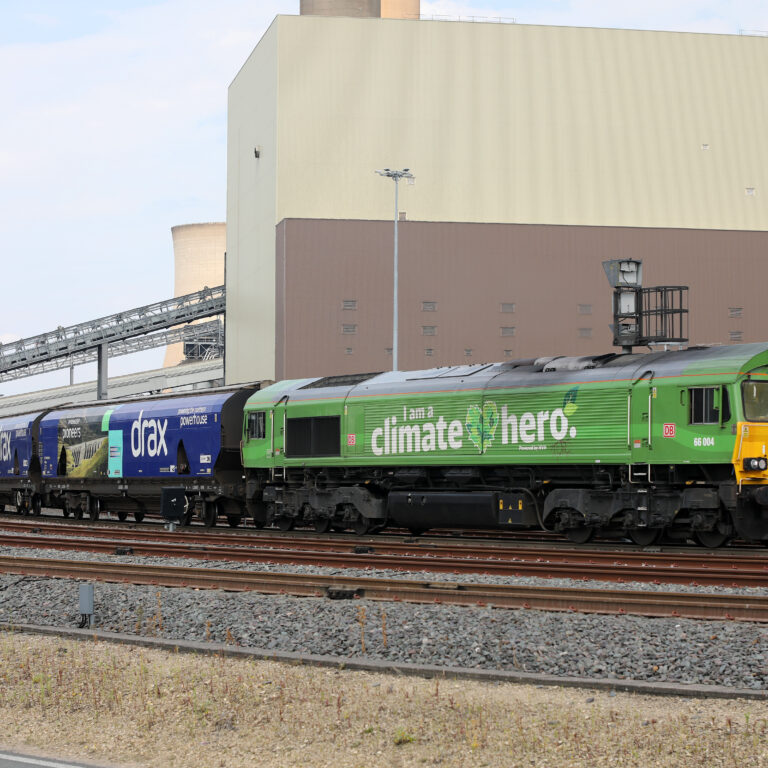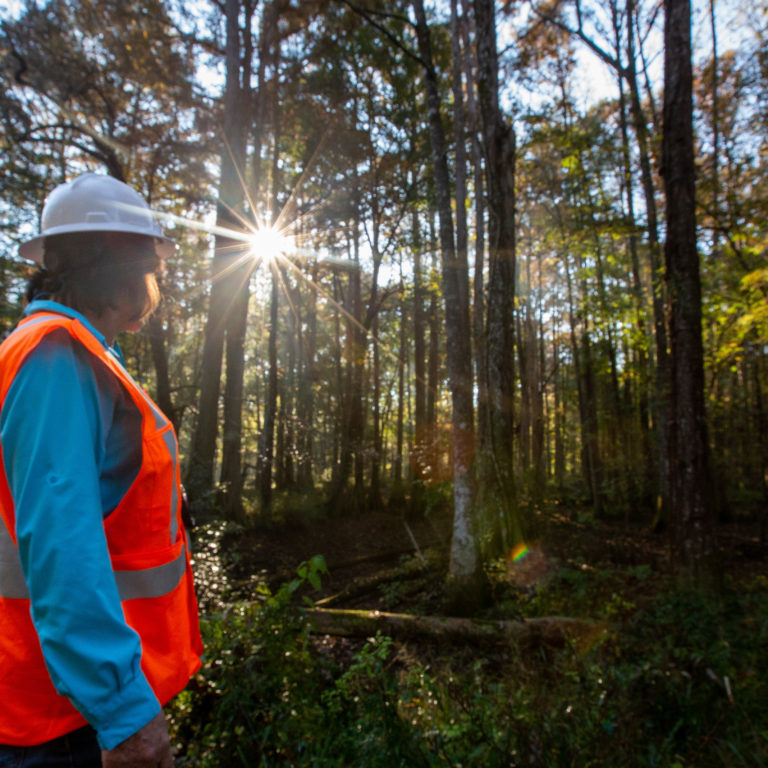
Pellet Sales
We believe investing in our people goes hand-in-hand with enabling the green energy transformation and positive future growth.
Energy Solutions
We believe investing in our people goes hand-in-hand with enabling the green energy transformation and positive future growth.
What We Do
We’re committed to enabling a zero carbon, lower cost energy future through engineering, technology and innovation.
Sustainability
We’re building for a sustainable future in how we source our biomass, generate energy, remove carbon dioxide and function as a business.
News
Read our carbon capture, sustainable bioenergy and power generation stories, as well as thinking from Drax’s leaders and business updates.
Investors
Explore a comprehensive guide to our business model and investor relations.
About Us
Drax Group’s ambition is to become a carbon negative business by 2030, through innovative greenhouse gas removal technology.
Careers
We believe investing in our people goes hand-in-hand with enabling the green energy transformation and positive future growth.
- What We Do
- Sustainability
- News
- Investors
- About Us
- Careers
- Carbon Removals
- Pellet Sales
- Energy Solutions
- Resources
- Contact Us
- Visit Us

















